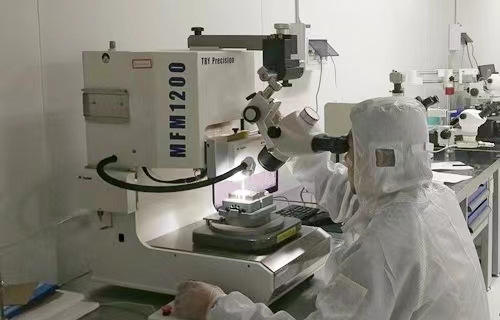How Solid State Gyros Work in Modern Systems
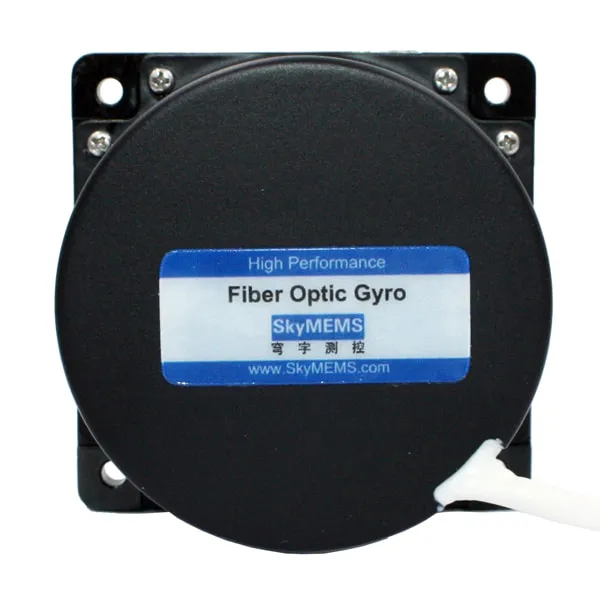
A solid-state gyro lets you measure turning or direction. You will not see any spinning parts inside it. This device uses small vibrating parts and the Coriolis effect. It senses how you move the device. Many modern gadgets use this technology. It helps make them smarter and more steady. Solid State Gyro Principles Coriolis Effect […]
Precision in Motion: MEMS-based Gyroscope and the MGA1000
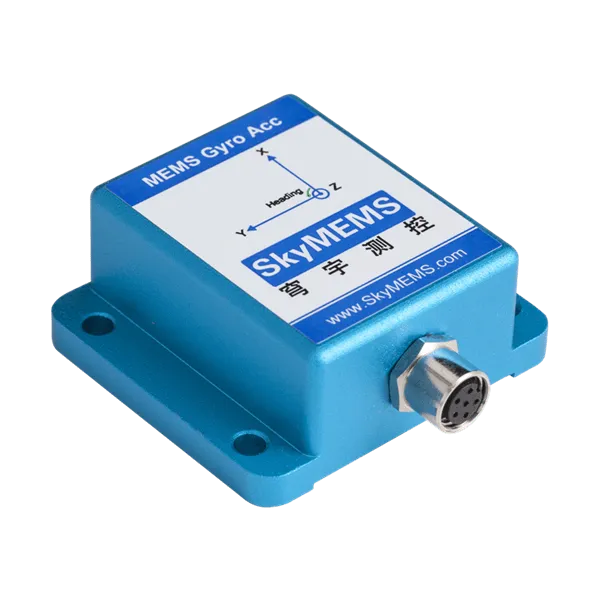
In the age of smart machines and self-governing systems, sensors do not just play a supporting role. Rather, they set the base for making decisions with accuracy. Among the revolutionary sensing technologies is the MEMS-based gyroscope. Compact and inexpensive sensors help the machine to perceive orientation, balance, and movement very accurately. The MGA1000 is a […]
Miniature 6DoF MEMS IMU: The Core of Precision Navigation
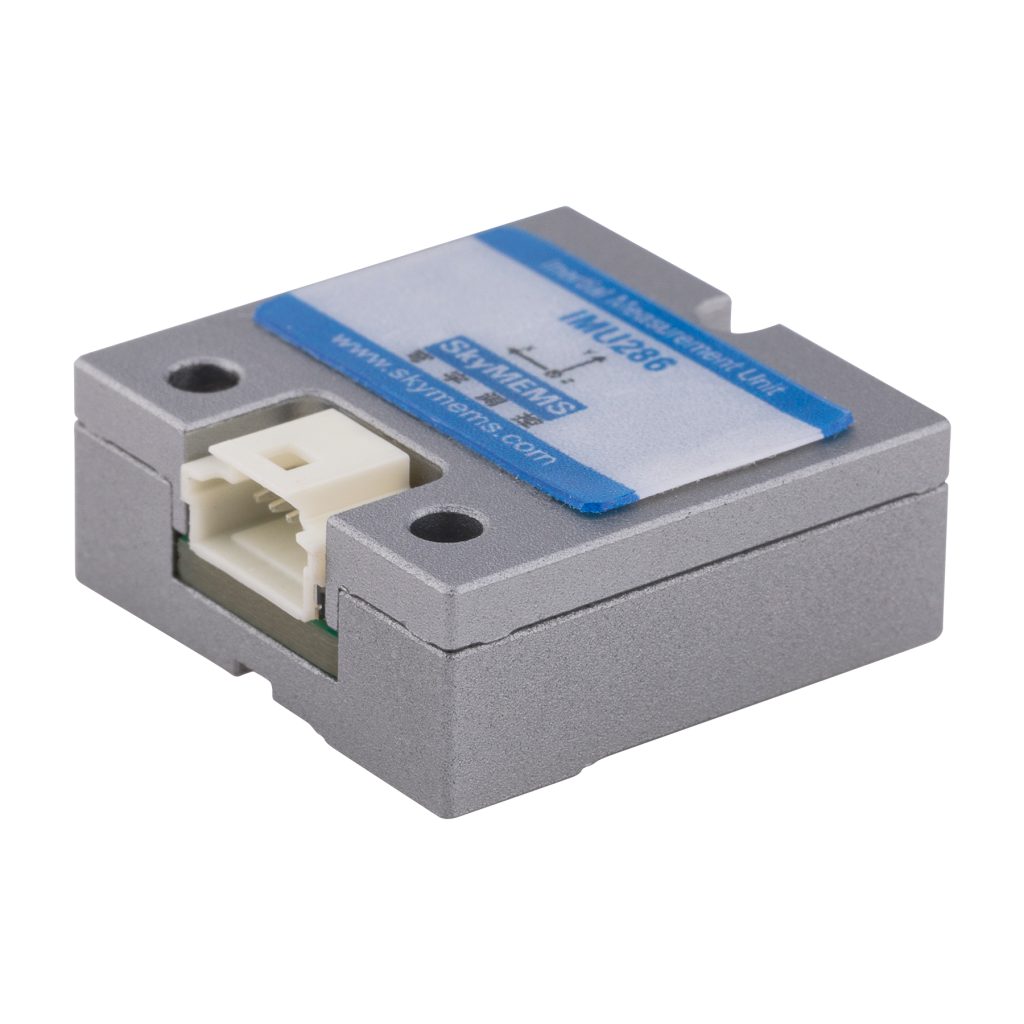
In an era of smart machines, drones, and self-governing controls, accurate sensing and movement monitoring become key for system output and safety. Small devices that play a big role in this change — able to measure and tell a system’s direction, speed, and acceleration at the same time. Of many choices, the SkyMEMS IMU288 Small […]
What is an Inclinometer Sensor?
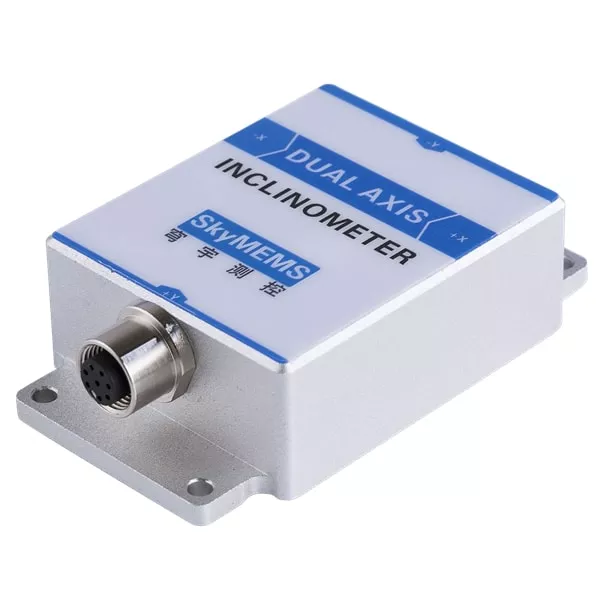
An inclinometer is a precision instrument for measuring the angle of tilt, inclination, or slope relative to gravity. Sometimes referred to as tilt sensors, clinometers, or slope sensors, output from these devices finds applications in many different industrial, construction, aerospace, and consumer areas. Accurate angular movement detection allows for the automation and safetƴ of systems […]
How many types of tilt sensors are there?
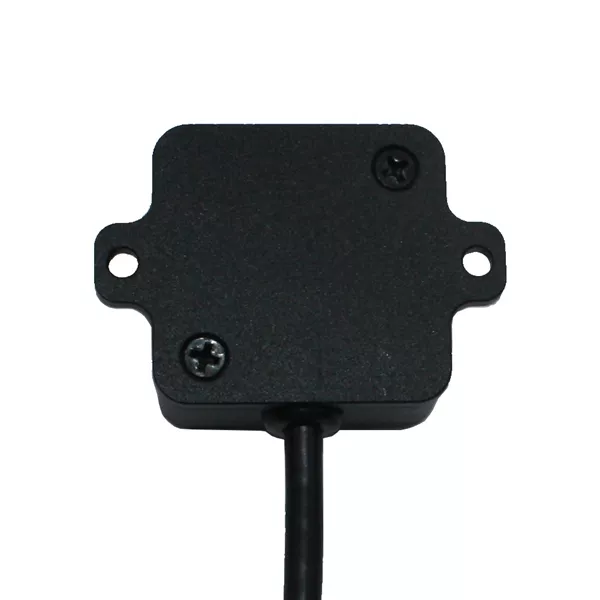
As intelligence and automation continue to deepen, more and more industry scenarios begin to rely on sensors to achieve precise control and real-time monitoring. Among the many sensors, tilt sensors (also known as tilt sensors or inclinometers) are widely used in many fields such as solar tracking systems, crane monitoring, hanging basket systems, and engineering […]
What is the difference between IMU and MEMS
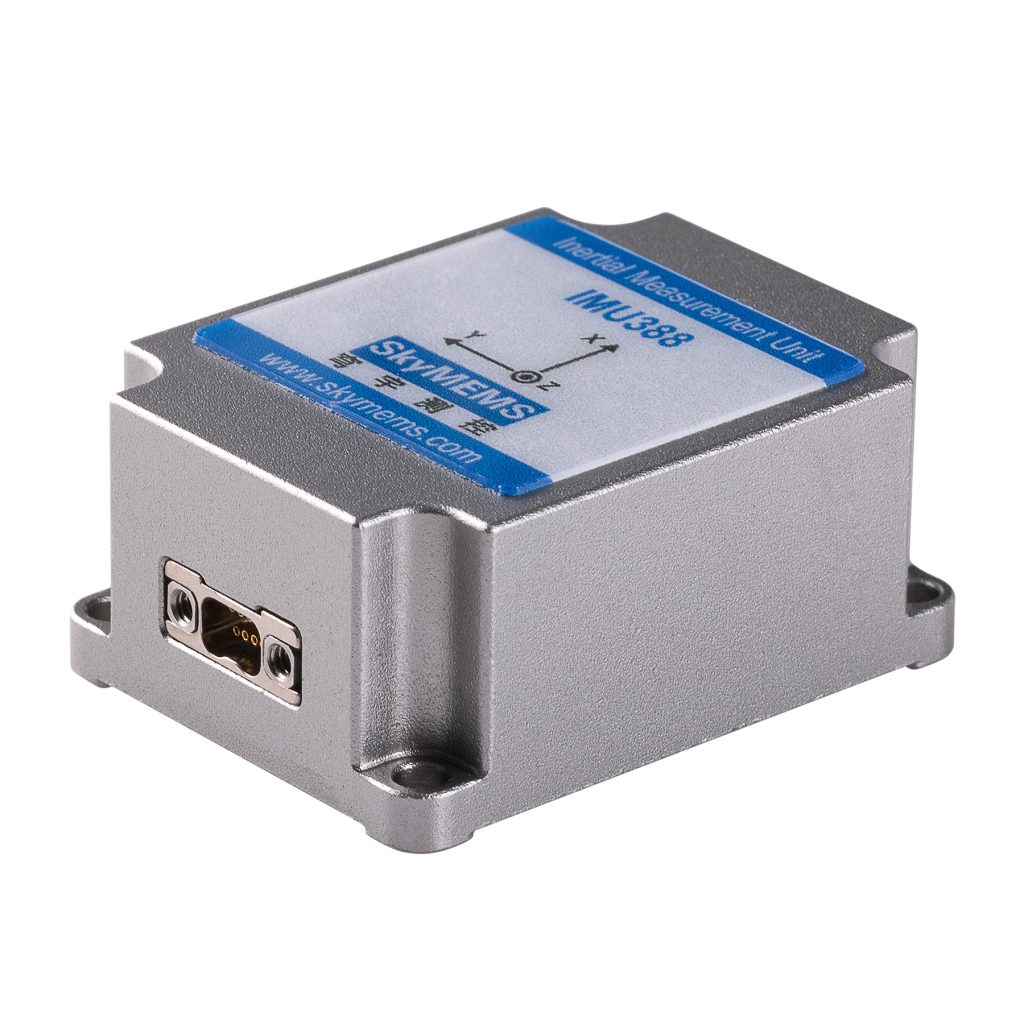
With the rapid development of science and technology, various advanced technologies and equipment are constantly emerging, bringing great convenience to our lives and work. Among the many scientific and technological concepts, IMU (Inertial Measurement Unit) and MEMS (Micro Electro Mechanical System) often appear in people’s vision. They play a key role in many fields such […]
How AHRS can reshape the future of navigation
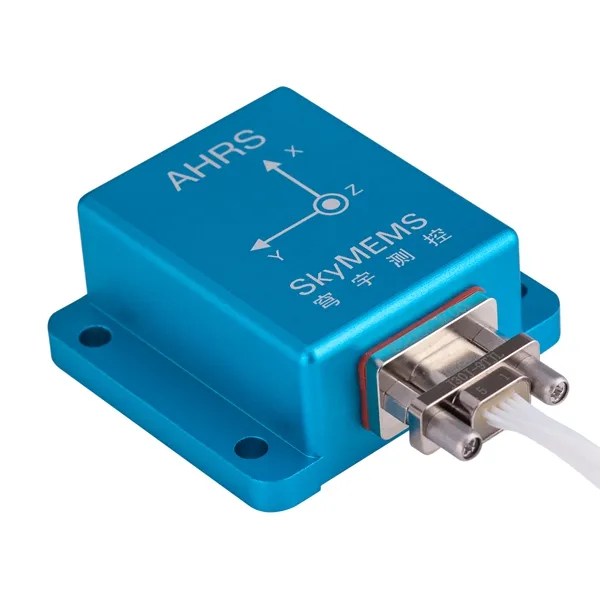
From aircraft to smart cars: How does AHRS define “attitude freedom”? AHRS, the full name of Attitude and Heading Reference System, is a system that can provide real-time attitude (pitch angle, roll angle, yaw angle) and heading information of an object in three-dimensional space. Its work depends on the coordinated operation of multiple sensors, […]
High Precision Digital Inclinometer: Millimeter Accuracy for Engineering Safety
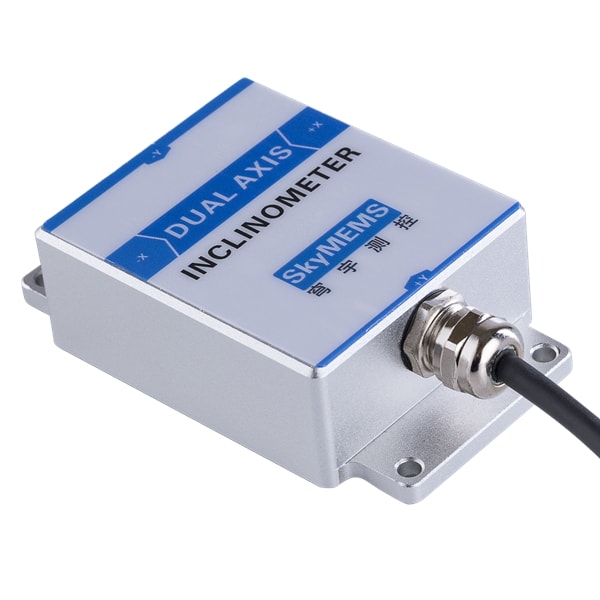
Do you remember the bubble level in the hands of the carpenter? This ancient tool relies on liquid bubbles for positioning and has been used in the construction industry for hundreds of years. Today, a measuring device called a high precision digital inclinometer is subversively redefining “horizontality”—it can monitor the attitude changes of buildings, machinery, […]
Embedded GPS Inertial Navigation System, Ultimate Travel Tech
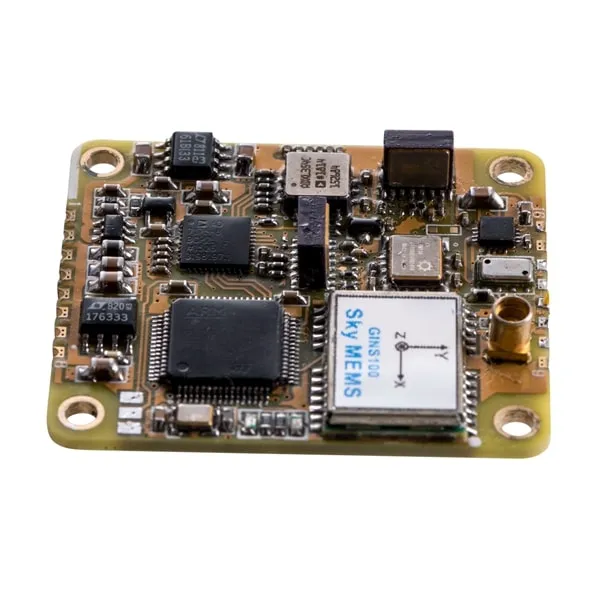
In modern life, navigation has become an indispensable tool for our travel. Whether driving through the streets and alleys of the city or taking public transportation to unfamiliar places, GPS navigation provides great convenience. But have you ever encountered such a situation: when driving into a tunnel, the signal of the mobile phone or car […]
The principles, advantages and applications of fiber optic gyroscopes
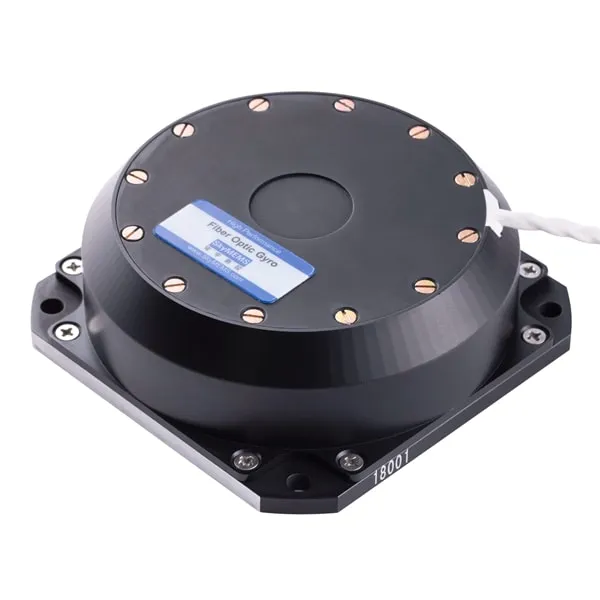
iber Optic Gyro, also known as Fiber Optic Gyro, or FOG for short, is a new type of optical gyroscope that uses laser and optical fiber technology to measure the angular velocity or rotation angle of an object relative to inertial space.

